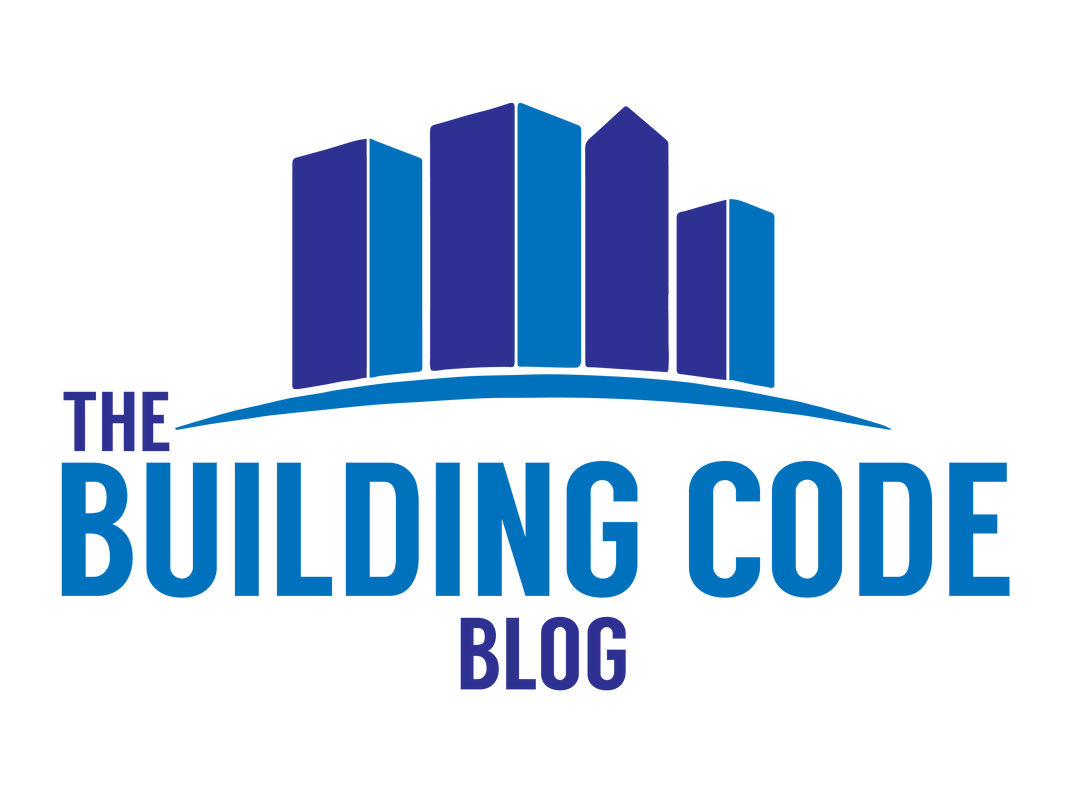|
New on the blog today is an occupant load calculator based on factors from the 2015, 2018 and 2021 editions of the IBC. Check it out at the link below!
2 Comments
New on the blog today is a tool that assists in determining wall rating requirements when you have a fire wall that intersects an exterior wall. IBC 706.5.1 gives two options for this condition, one of which is drawing an imaginary lot line between the two exterior walls. Check it out at the link below!
After a really nice response on the fire and smoke damper cheatsheet I have created a questionnaire tool that makes the process way easier. You answer a series of yes/no questions and the tool kicks out the damper requirement and code reference! Enter your info below to checkout the tool...
The 2021 IBC includes several changes that impact Group I-2 occupancies. These changes build upon updates from 2018 edition and continue with the sub-grouping of occupancies into either Condition 1 or 2 that started in the 2015 edition. As a quick reminder, IBC 308.3 defines these as:
Group I-2, Condition 1: "facilities that provide nursing and medical care but do not provide emergency care, surgery, obstetrics or in-patient stabilization units for psychiatric or detoxification, including but not limited to nursing homes and foster care facilities." Group I-2, Condition 2: "facilities that provide nursing and medical care and could provide emergency care, surgery, obstetrics or in-patient stabilization units for psychiatric or detoxification, including but not limited to hospitals." |
Categories
All
Sign up to receive Building Code Blog UpdatesArchives
July 2024
|
The Building Code Blog
- Home
- Blog
- About
-
Tools
- Allowable Height & Area Calculator - Non-Separated Mixed Occupancy
- Allowable Height & Area Calculator - Separated Mixed Occupancy
- Average Grade Plane Calculator
- Calculated Fire Resistance for Wood Walls
- Fire and Smoke Damper Tool
- Fire Wall/Exterior Wall Intersection Tool
- Frontage Calculator
- IBC Occupant Load Calculator
- Plumbing Fixture Calculator
- Stair Pressurization Estimator
HomeAboutBlogContact |
Copyright © 2019-2024 The Building Code Blog
The views, opinions, and information found on this site represent solely the author and do not represent the opinions of any other party, including the author's employer and the International Code Council, nor does the presented material assume responsibility for its use. Local codes and amendments may vary from the code requirements described herein. Fire protection and life safety systems constitute a critical component of public health, safety and welfare and you should consult with a licensed professional for proper design and code compliance.
|
 RSS Feed
RSS Feed
